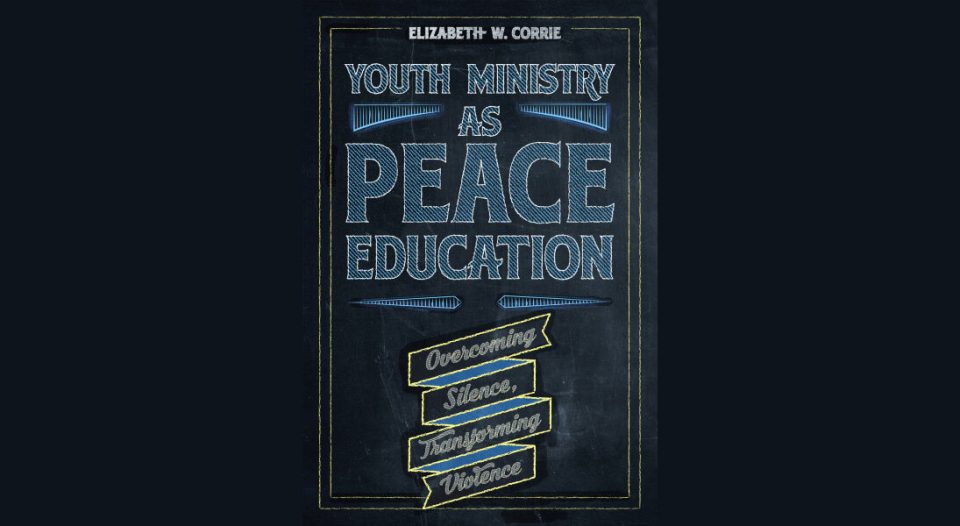Elizabeth W. Corrie’s Youth Ministry As Peace Education: Overcoming Silence, Transforming Violence (Fortress Press, 2021) is a rare work, especially in the field of youth ministry (or, in keeping with the book’s message, “ministry with youth”). Incorporating pop culture as well as theological and historical images, Corrie’s approach is both theoretical, stimulating the mind, and eminently practical, offering ideas that can be implemented immediately.
Utilizing her lived experience with the Youth Theological Initiative at Candler School of Theology (Emory University, Atlanta), the author reframes youth ministry, tweaking its tropes just enough to provide a fresh voice.
Corrie understands that adults tend to silence young people by consciously or subconsciously deeming them either “not-yet-adults” or “dangerous delinquents.” Citing a variety of sources, she argues that we’ve corralled our youth into high schools or juvenile detention facilities, forgetting that young people have been pivotal to movements that changed the world.
To break down these barriers, Corrie reviews the hooks on which most youth ministry programs hang and, instead of encouraging readers to abandon them, reimagines each with the youth as both engine and guide. Community building, Bible reading, mission trips and even corporate worship are all dissected to reveal how they might create space for young people to use their voices and engage in peacemaking on micro and macro levels.
Young people have been pivotal to movements that changed the world.
For those who believe the church was created to form pockets of change agents in this world, Youth Ministry As Peace Education argues convincingly that the youth in our midst are integral to that conception—and that our current practices have neglected this.
It would be wrong to assume that this book will help only those who work with youth. Chapter 6 (“Practicing Worship Prophetically”) could be a primary text for every pastor, church musician, worship team or invested layperson who has opened their eyes wide enough to see the kind of faith community young people crave.
Corrie mainly sticks to the traditional youth ministry found in most congregations, but Chapter 7 (“Acting in the World Nonviolently”) is a departure worth lifting up on its own. Here Corrie invites churches to take seriously nonviolent activism as a practice necessary for encouraging youth to engage their voices for good and to undo unjust systems. This chapter will stretch readers in these hyperpartisan and polarizing times, but Corrie persuasively argues that such work is both biblical (read her reflection on Mark 11) and historical. Her points are so accessible that even the most skeptical among us might gain insight into the wisdom of this kind of peacemaking.
The concluding chapter serves as an inspiring capstone, noting overlooked youth—both public figures and people the author knows personally—who have changed the world. This section is likely to make readers think about those in their own lives who have done the same.
Some of the themes in Youth Ministry As Peace Education will be familiar to those seeking to integrate older generations into their youth ministry. Corrie takes those principles, deepens them as pedagogy and expands them practically, strengthening the biblical idea that, if there is to be peace in this world, a child will—and should—lead us.




